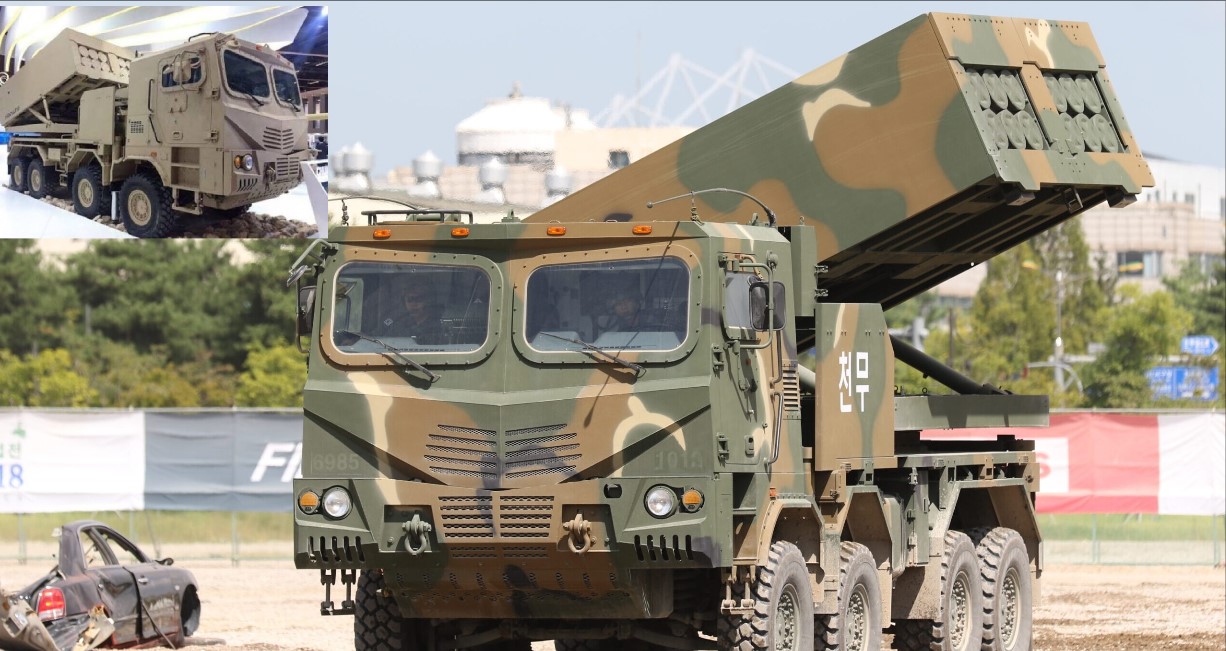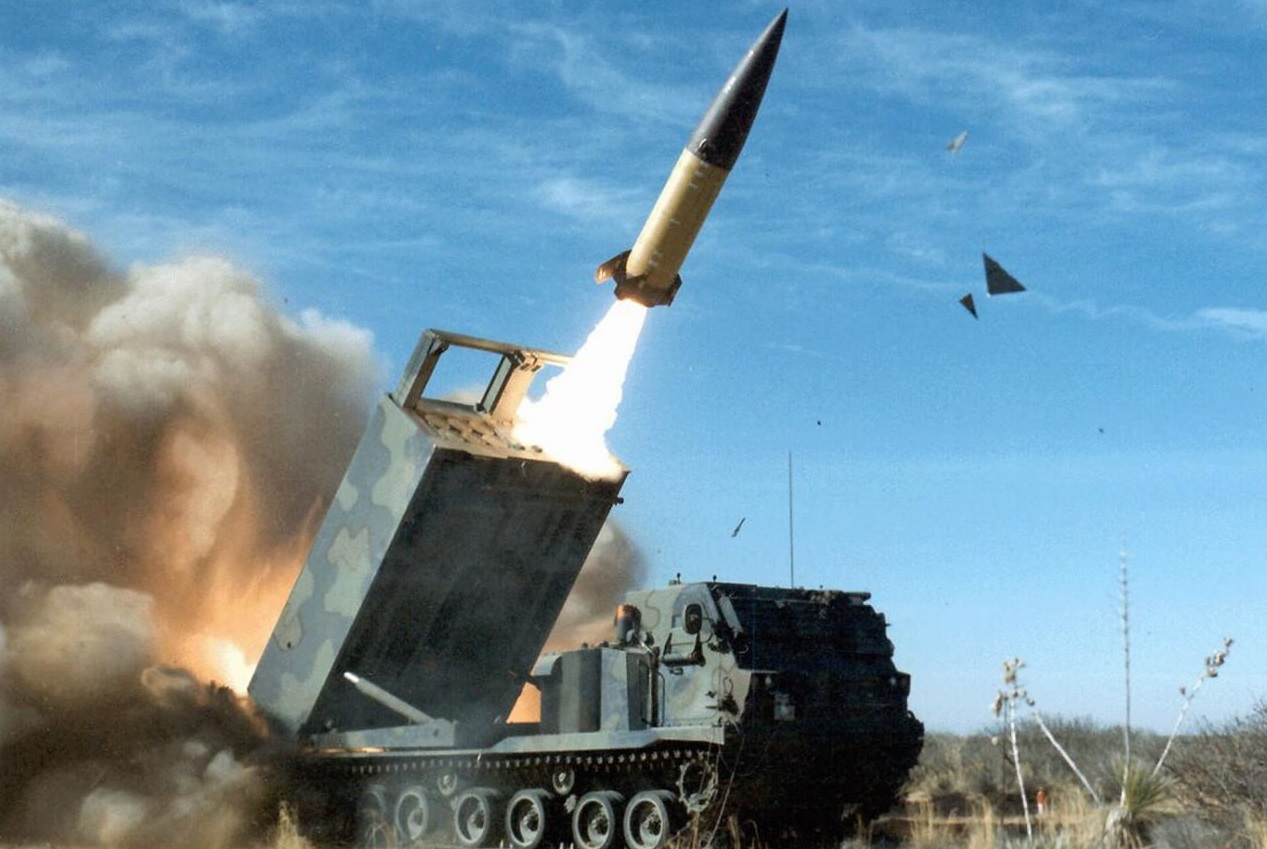Spanish Navy Chooses Naval Strike Missile for S-80 Submarines, Phases Out Harpoon

In a strategic shift, the Spanish Navy has opted against outfitting its cutting-edge S-80 submarines with the Boeing submarine-launched Harpoon missiles, a plan that was once firmly on the table. This decision emerged after the U.S. Navy's recent announcement to phase out the submarine-launched Harpoon missile program, signaling an end to a weapon system that had served maritime forces worldwide for decades. The U.S. Navy’s choice to withdraw support and the eventual retirement of this missile prompted Spain to reconsider its underwater strike capabilities.
The focus now turns to a modern and potent contender: the Naval Strike Missile (NSM), developed by the Norwegian defense company Kongsberg Defence & Aerospace. Known for its precision and sophisticated targeting systems, the NSM has already been selected to arm Spain's future F-100 frigates, showcasing its versatility and advanced technology. The Spanish Navy is seriously evaluating the submarine-launched version of this missile, considering it a promising option that could transform the offensive reach of the S-80 class submarines.
Navantia, Spain's premier shipbuilder, has been commissioned to study the feasibility of integrating the NSM with the S-80 submarines. This contract, worth EUR 240,000, follows an earlier investment of nearly half a million euros dedicated to initial assessments and preparation for potential integration. Navantia's role involves addressing various technical challenges and ensuring the NSM’s compatibility with the S-80's unique design and operational needs. Given the strategic importance of Spain's submarine fleet, a meticulous approach to this integration is paramount.
The S-80 submarines, with their air-independent propulsion (AIP) system and state-of-the-art technology, are already a significant leap forward in underwater warfare for Spain. Integrating a high-performance missile like the NSM could further elevate their combat capability. The Naval Strike Missile itself is a formidable asset, boasting a range of approximately 185 kilometers (115 miles). It features advanced target recognition, sea-skimming flight to evade enemy radar, and a flexible guidance system that uses GPS and an infrared homing seeker, allowing for precision strikes on both naval and land-based targets.
However, this strategic upgrade is not as simple as swapping out one missile for another. The Spanish Navy emphasized that it would not mix the legacy Harpoon system with the NSM on its submarines, ensuring that the S-80's combat systems are streamlined and efficient. The Navy explained the rationale behind this decision, highlighting the operational and logistical complexities that would arise from attempting to maintain both systems.
A statement from the Navy outlined the critical steps ahead: “After verifying the pre-feasibility of integrating and launching the missile from an S-80 submarine while submerged, it is necessary to conduct a technical study that develops certain conceptual aspects of a technical, operational, logistical, industrial, and security nature.” This study will provide a comprehensive understanding of what the integration entails, identify risks, and lay the groundwork for informed decision-making regarding industrial collaboration and future procurement.
Spain’s choice to move away from the Harpoon also reflects broader trends in naval warfare, where stealth, precision, and multi-role capabilities are becoming essential. The Navy’s clear recognition of the U.S. Navy's shift away from Harpoon as a key factor underscores how international decisions can drive strategic changes within allied forces. The Spanish Navy's clarification further noted, “It has recently become known that the U.S. Navy will not continue with the submarine-launched Harpoon in any of its configurations or blocks.”
While the Naval Strike Missile appears to be the front-runner, the Spanish Navy remains cautious. The ongoing technical study will ultimately determine the NSM’s suitability, addressing operational and security concerns while ensuring alignment with Spain’s long-term defense strategy. The Navy noted, “Among the missiles that best fit the needs of the Navy is the future version of the NSM missile launched from submarines,” signaling a strong interest but leaving room for final evaluation.
Ultimately, the potential integration of the NSM into Spain’s advanced S-80 submarines marks a forward-thinking approach to maritime defense, reflecting a commitment to innovation and adaptability in an evolving global security landscape.


